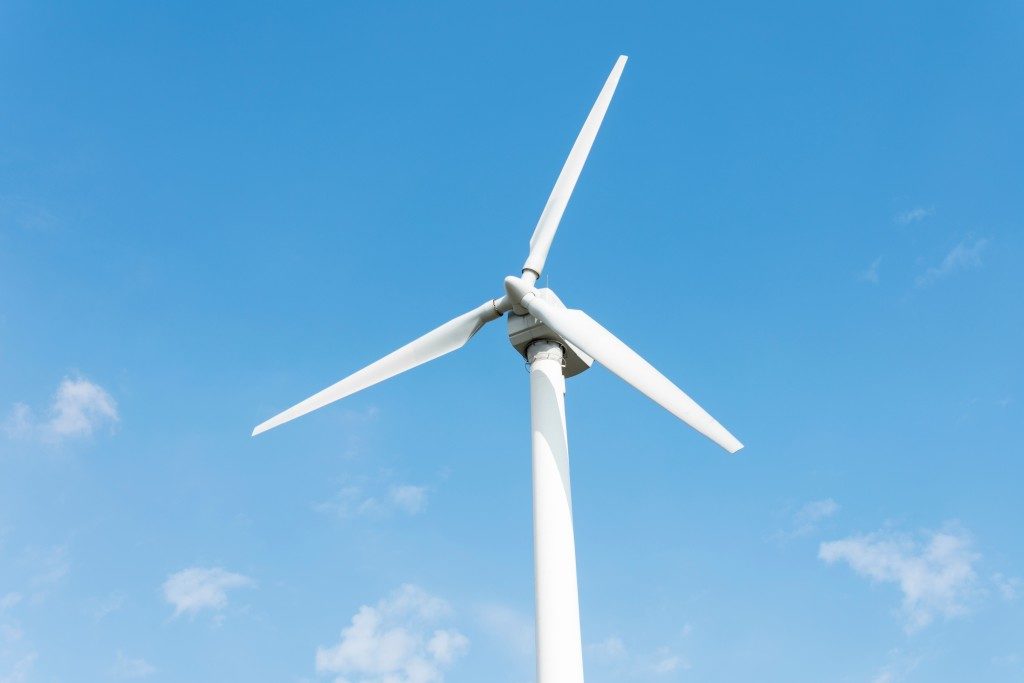In the U.S., 63.5 percent of electricity is generated from fossil fuels. This means power plants burn coal, petroleum, and different kinds of gases. Power plants that turn these into electricity emit loads of carbon dioxide, which contributes to climate change.
The second main source of energy in the country is nuclear power, which produces 19.3 percent of the electricity we use. Although nuclear power plants neither burn fuel nor emit greenhouse gases, the radiation it requires can put people in danger. Just look at what happened in Chernobyl.
Renewable energy, meanwhile, is one of the least-utilized sources of electricity. Overall, renewable energy produced 17.1 percent of electricity in the U.S. according to the Energy Information Administration.
Renewable energy’s advantage over the two previous energy sources is that it produces clean energy that is generated without polluting the atmosphere, burning fossil fuels, or risking radiation. It doesn’t create environmental debt, meaning it doesn’t use up resources that cannot be replaced or that can damage the environment.
Some of the best producers of clean energy are wind turbines. The wind energy produced through wind turbines, like those in Coconino County wind farms, can supply residential areas with clean energy that can either supplement your existing power source or generate all the energy you need.
If you want to look into using wind energy to power your home, here are five ways you can do so:
1. Go completely off-grid
Relying on a fully off-grid power system means your home’s electricity is generated by wind power alone. This option is best suited for rural areas that don’t have tall trees and buildings that might block the wind from a turbine. In addition, your rural neighborhood should have an annual wind speed of at least nine miles per hour. Speeds below this aren’t capable of providing 100 percent of the energy you need.
2. Combine wind power with other renewable energy sources
If relying completely on wind energy isn’t a viable option but you still want to utilize renewable sources, why not use a hybrid energy system. Wind power is often combined with another renewable energy source such as solar power.
Installing wind turbines and using solar panels make for an efficient and reliable energy system since these energy sources tend to be most available at different times. Generally, wind speeds are lower in the summer when the sun shines the brightest, but stronger in the winter when there’s less sunlight.
3. Supplement your traditional power source with wind energy

If you need a consistent power supply but are reluctant to rely completely on renewable sources, small wind electric systems might be for you. This energy system keeps you connected to traditional power sources while small residential turbines give you supplemental power.
According to the U.S. Department of Energy, small wind electric systems can lower your electricity bills by 50 to 90 percent. As long as you adhere to local zoning regulations in your area, you may be able to install rooftop turbines in your home or tower-based turbines in your neighborhood.
There are endless ways you can help lower carbon emissions –using renewable energy sources is one of the best ways to this end. By using clean energy like wind power, you’re not only helping save the Earth, you’re also saving on energy costs.




